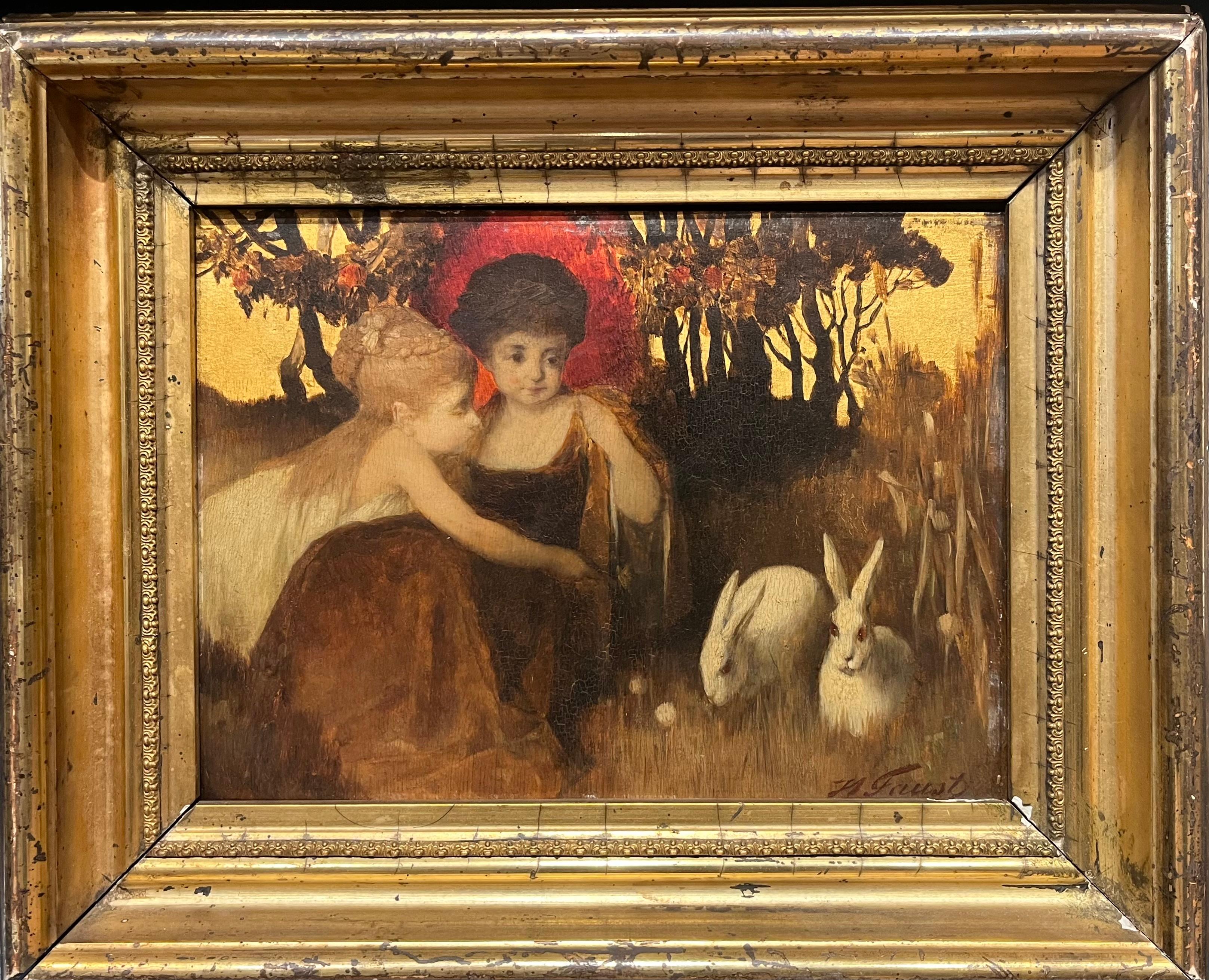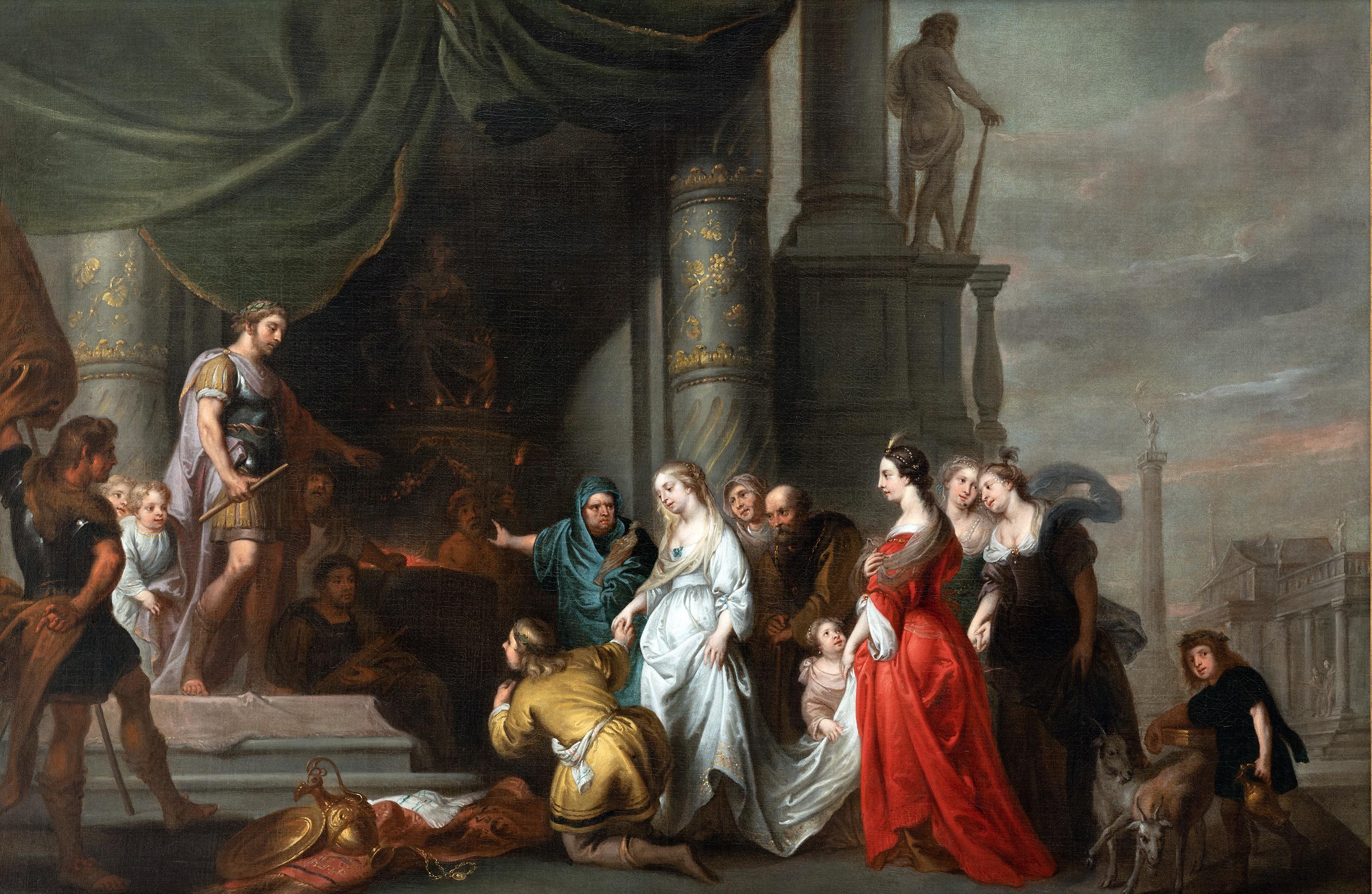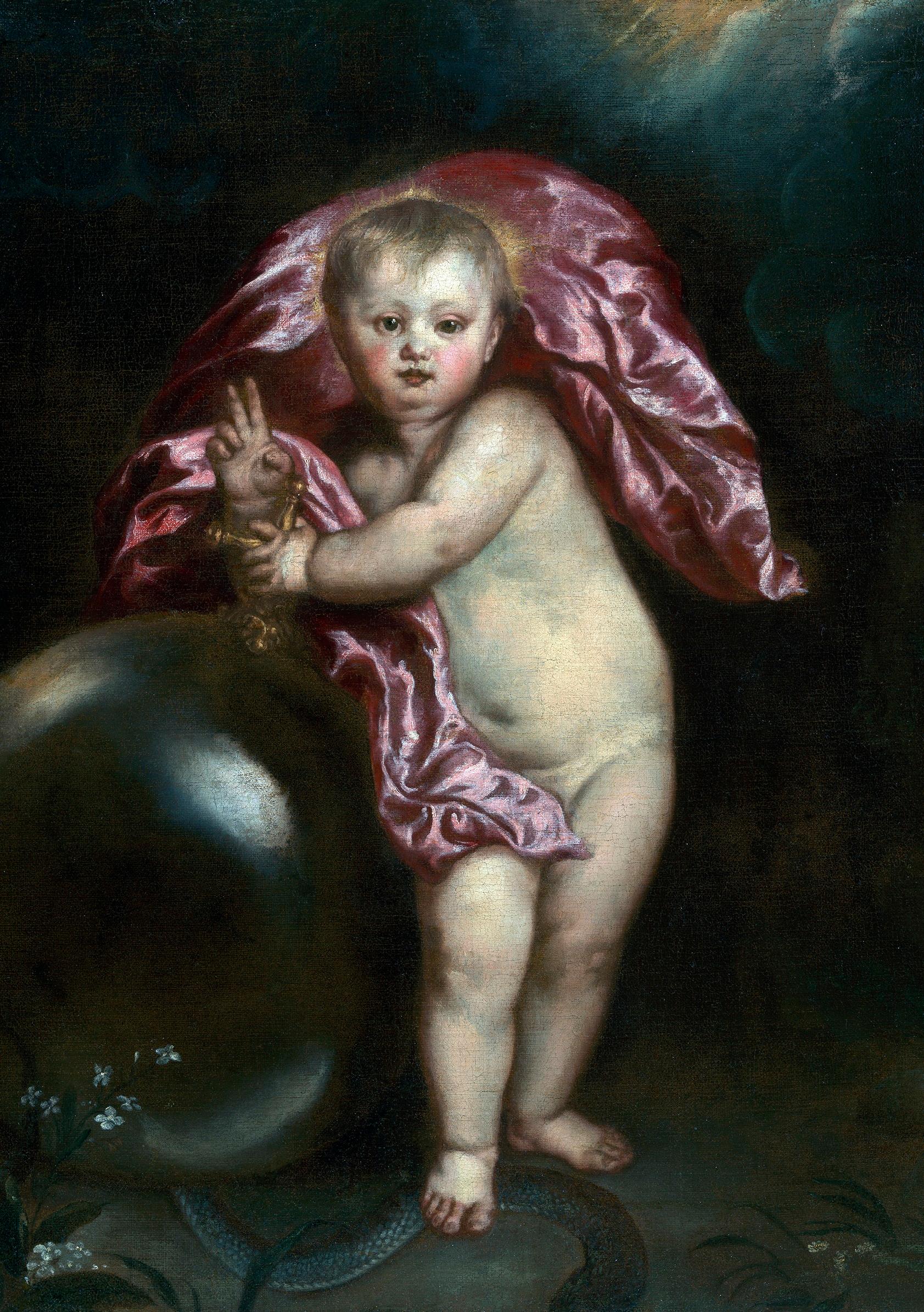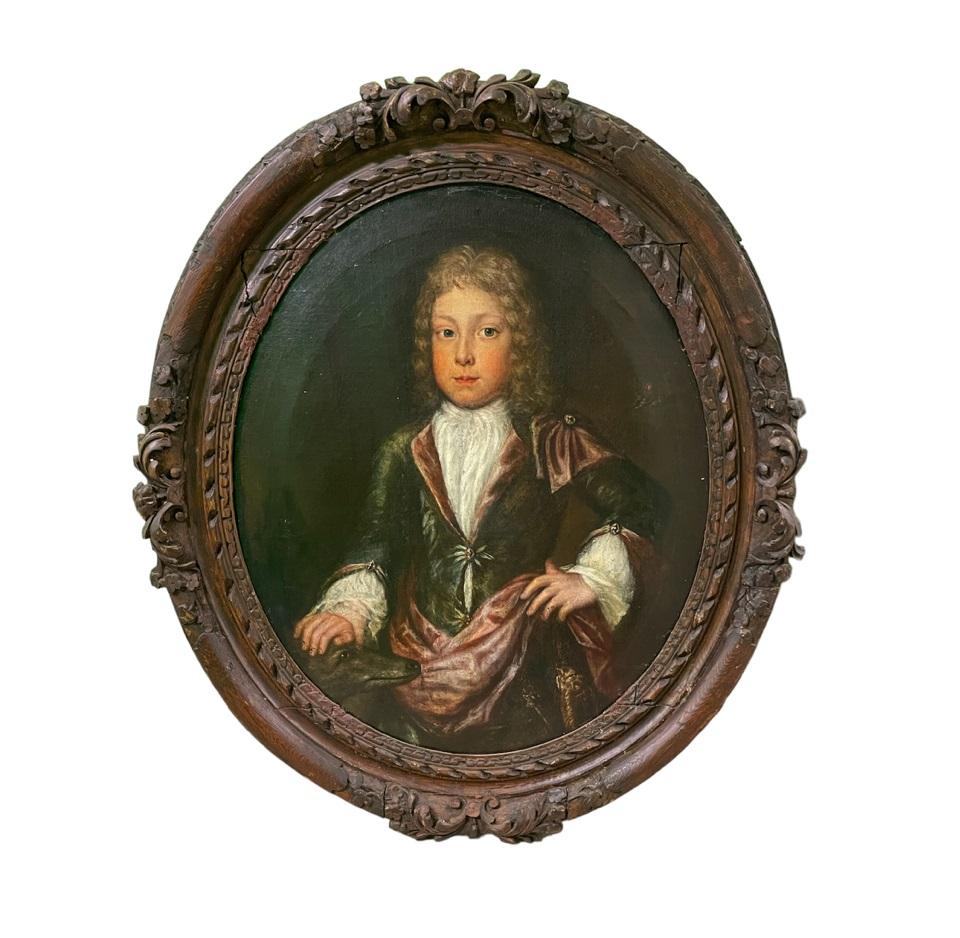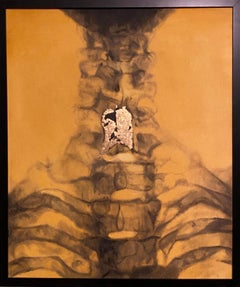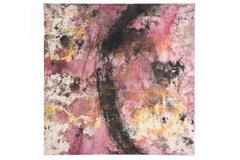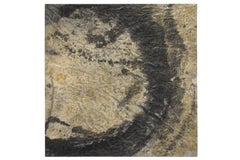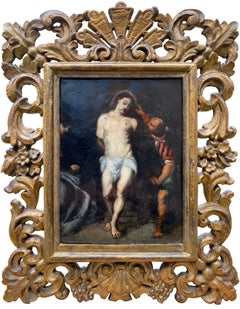
Portrait of St. Francis Borgia
View Similar Items
Want more images or videos?
Request additional images or videos from the seller
1 of 5
Cristobal de VillalpandoPortrait of St. Francis Borgia ca. 1690
ca. 1690
About the Item
- Creator:Cristobal de Villalpando (1649 - 1714, Mexican)
- Creation Year:ca. 1690
- Dimensions:Height: 11 in (27.94 cm)Width: 8 in (20.32 cm)Depth: 0.25 in (6.35 mm)
- Medium:
- Movement & Style:
- Period:
- Condition:Condition reports are provided to our clients only upon request. While our specialist strive for accuracy, any condition report is an opinion and Osuna Art & Antiques shall not be liable for any omission or error with regard to an item's description.
- Gallery Location:Kensington, MD
- Reference Number:Seller: Inventory no. CO-011stDibs: LU210637462
About the Seller
5.0
Vetted Seller
These experienced sellers undergo a comprehensive evaluation by our team of in-house experts.
Established in 1962
1stDibs seller since 2013
36 sales on 1stDibs
More From This SellerView All
- Figure 2061Located in Kensington, MDExhibited 2001 at Atelier 31, Kirkland, WA Includes certificate of authenticity by artist. Tatiana Garmendia is a figurative artist with a conceptual edge. Working with oil paint a...Category
Early 2000s Photorealist Figurative Paintings
MaterialsGold Leaf
- MiamiBy Angel Santiago PlataLocated in Kensington, MDOil on unprimed linen canvas. Angel Santiago Plata is an artist working in Madrid, Spain.Category
Early 2000s Abstract Expressionist Abstract Paintings
MaterialsLinen, Oil
- Alrededor II (Around)By Angel Santiago PlataLocated in Kensington, MDOil on unprimed linen canvas. Angel Santiago Plata is an artist working in Madrid, Spain.Category
Early 2000s Abstract Expressionist Abstract Paintings
MaterialsLinen, Oil
- The BeltsBy Agustín FernándezLocated in Kensington, MDCertificate of authenticity from the Agustin Fernandez Foundation is included.Category
1980s Surrealist Figurative Paintings
MaterialsCanvas, Oil
Price Upon Request - UntitledBy Mario GrimaldiLocated in Kensington, MDMario Grimaldi (American 1927-1997) "Untitled" ca. 1980's Oil on Canvas Signed Verso 36.3" x 48.3" inches framed 36" x 48" inches unframed Mario Grimaldi born in NYC in 1927, ea...Category
20th Century Modern Abstract Paintings
MaterialsCanvas, Oil, Acrylic
- AbstractBy Anthony Thomas TrianoLocated in Kensington, MDAnthony Thomas Triano (American 1928-1997) Abstract 1966 Oil on Board Signed & Lower Right 30" x 15" inches unframed Submitted by Leni Robbi...Category
1960s Modern Abstract Paintings
MaterialsOil, Board
You May Also Like
- Portrait of a Gentleman, Halung, Court Painter Schildbach, Gotha, Convex CopperLocated in Greven, DEChristian Schildbach was a very talented artist with his own style. Art painter in Plauen, then court painter in Dresden; around 1706 art painter in Vienna, also active in Bamberg (...Category
18th Century Baroque Portrait Paintings
MaterialsCopper
- The Flagellation of Christ, Old Master, Flemish School, Oil on copperLocated in Bruges, BEThe Flagellation of Christ Old Master Flemish School 17th century Medium: Oil on copper Dimensions: Image size 22 x 17 cm, frame size 39 x 31 cmCategory
17th Century Baroque Portrait Paintings
MaterialsCopper
- Self Portrait of Schildbach, Court Painter Schildbach, Gotha, Convex CopperLocated in Greven, DEChristian Schildbach was a very talented artist with his own style. Art painter in Plauen, then court painter in Dresden; around 1706 art painter in Vienna, also active in Bamberg (...Category
18th Century Baroque Portrait Paintings
MaterialsCopper
- Portrait of a Bewigged GentlemanBy Vittore GhislandiLocated in New York, NYVittore Ghislandi, called Fra Galgario Provenance: Robert L. and Bertina Suida Manning, New York, ca. 1966-1996 Private Collection, USA Exhibited: “Eighteenth Century European Pai...Category
18th Century Baroque Paintings
MaterialsCopper
- Oil Portrait of Girls with RabbitsLocated in Fredericksburg, VAHeinrich Faust is a German genre painter of the late 19th century. He painted dramatic interpretations of everyday occurrences such as families and grou...Category
Late 19th Century Baroque Figurative Paintings
MaterialsGold Leaf
- Portrait of a GentlemanBy Ippolito Scarsella (Scarsellino)Located in New York, NYProvenance: Suida-Manning Collection, New York Private Collection Exhibited: Venetian Paintings of the Sixteenth Century, Finch College Museum of Art, New York, October 30-December 15, 1963, no. 31. Veronese & His Studio in North American Collections, Birmingham Museum of Art, Oct. 1-Nov. 15, 1972, and Montgomery Museum of Fine Arts, Dec. 5-Dec. 31, 1972 Literature: Robert L. Manning, A Loan Exhibition of Venetian Paintings of the Sixteenth Century, exh. cat. New York 1963, cat. no. 31ill., as by Veronese Stephen Clayton and Edward Weeks, eds., introduction by David Rosand, Veronese & His Studio in North American Collections, Birmingham 1972, as by Veronese, p. 38 ill. Terisio Pignatti, Veronese, Venice 1976, I, p. 199, cat. no. A225, II, fig. 908, as attributed to Veronese Terisio Pignatti and Filippo Pedrocco, Veronese; catalogo completo dei dipinti, Florence 1991, no. 54°, as attributed to Veronese. Terisio Pignatti and Filippo Pedrocco, Veronese, Milan 1995, II, pp. 517-518ill., cat. no. A 56, under attributed paintings, by Veronese and workshop) John Garton, Grace and Grandeur; The Portraiture of Paolo Veronese, London-Turnhout 2008, p. 237, fig. 77, cat. no. R16, as workshop of Veronese. Scarsellino’s art is widely regarded as critical link between the Renaissance and the Baroque styles in Emilian painting; not only was he an important transmitter of the heritage of the Renaissance, but he was also open to innovative ideas, and was one of the earliest to experiment with the trend to naturalism that would become fundamental to art of the new century. Born around 1550, he received his earliest training from his father Sigismondo, an architect and painter; it was probably while working at his father’s side as a youth that he acquired the nickname Scarsellino, or “little Scarsella”. After absorbing the principles of his art in Ferrara and Parma, he went to Venice in 1570, staying for four years and working in the shop of Veronese. In the following decade, his art —especially in terms of its piety and its development of landscape— demonstrates a strong sympathy with that of the Carracci, with whom he worked in 1592-1593 at the Palazzo dei Diamanti in Ferrara. Maria Angela Novelli and later Alessandra Frabetti both propose that Scarsellino traveled to Rome, although such a trip has not been documented; if he did travel to Rome, it probably would have occurred during the years that Scarsellino’s colleagues Agostino and Annibale Carracci were there, that is, beginning in 1595 and until 1609. The last decades of Scarsellino’s career again involve stylistic experimentation, this time in a manner that would bring his work very close to the progressive figurative naturalism of Carlo Bononi and prepare the way for Guercino. The present portrait of a distinguished gentleman had been long thought to be by Paolo Veronese and was in fact attributed to him by such distinguished connoisseurs as Adolfo Venturi and Wilhelm Suida. The portrait’s style is, however, distinct from Veronese’s, although clearly indebted to it, and the attribution to the young Scarsellino is wholly convincing. The painting would then date from the 1570s – a date confirmed by the costume the subject wears. The puffed hat that appears in the painting had a rather short-lived vogue in the early 1570s. One sees it in Giambattista Moroni’s Portrait of Count...Category
18th Century and Earlier Baroque Portrait Paintings
MaterialsCanvas, Oil
Recently Viewed
View AllMore Ways To Browse
Antique Copper Picture Frames
17th Century Paintings Peter Paul Rubens
Girl In Pink Dress
18th Century Portraits Children
Large Antique Oil Painting 18th Century
Knight And Lady
Queen Mary Portrait
Portrait Collar Dress
Countess Portrait
Portrait Countess Of
Frank Sinatra Paintings
Painting Of Sinatra
Portrait Of Lady 17th
Portrait Of Woman Scotland
17th Century Lady Portrait
Andy Warhol Cars
Andy Warhol Car
17th C Drawings


